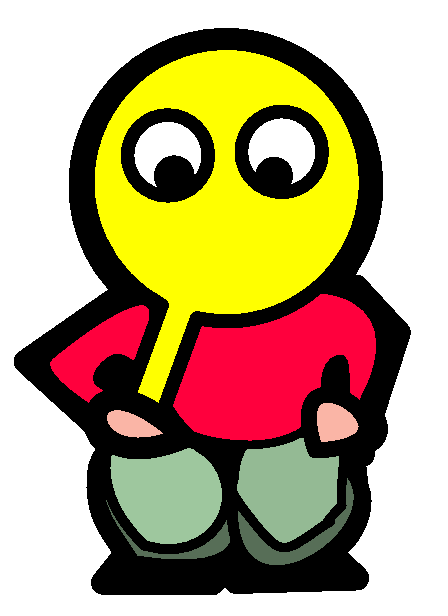Notes from the Wired
This is a website where I write articles on various topics that interest me, carving out a bit of cyberspace for myself.
You shouldn't believe anything I talk about — I use words entirely recreationally.
Pinned
- May 23, 2025Info
I have based this commentary on the original German text as published by Reclam. The translation is my own, created with the assistance of ChatGPT.
Please note that this is purely my personal interpretation of the sermon. I have no formal training in theology or medieval studies, so my reading should be taken with a grain of salt.
Read moreMarch 25, 2025A year ago, a friend of mine had the idea to visit Namibia—often referred to as the “Gems of Africa” because of its diversity of animals and biomes. I’m not entirely sure how he came up with the idea. Maybe it was due to the country’s connection to Germany during its colonial period, or perhaps some algorithmic push from the “machine gods” in his feed. Whatever the reason, he asked our friend group if we were up for joining him. Another friend said yes, but I couldn’t go because it overlapped with some exams I had to take at university. However, I promised him that next semester, I would choose modules that allowed me to have some free time, which would overlap with theirs.
Read moreMost Recent
Dec. 10
Gods Debris God’s Debris is a short novel by the author Scott Adams. It takes the form of a dialogue between two characters, a teacher-like figure and a student-like figure, in which the teacher attempts to give the student certain philosophical insights by questioning his beliefs. In this sense, it resembles the Platonic dialogues. Though I wouldn’t take the book too seriously, it contains some very interesting ideas that are worth pondering.Dec. 10
Facing Up to the Problem of Consciousness Paper Title: Facing Up to the Problem of Consciousness Link to Paper: https://philpapers.org/rec/CHAFUT Date: 1995 Paper Type: Philosophy, Ontology, Consciousness Short Abstract: In this paper, David Chalmers differentiates the easy problem from the hard problem of consciousness and argues that scientific theories have so far offered solutions only to the easy problem. He then presents his own attempt to address the hard problem of consciousness, arguing for a form of dualism in which experience is fundamental in addition to the physical. He also proposes several laws that such a theory would need to follow.Dec. 09
Guardians of Galaxy Vol 3 (2023) Fun action flick. As always I am a sucker for sci-fi, and the movie does look gorgeous (pretty fonts). 7/10
